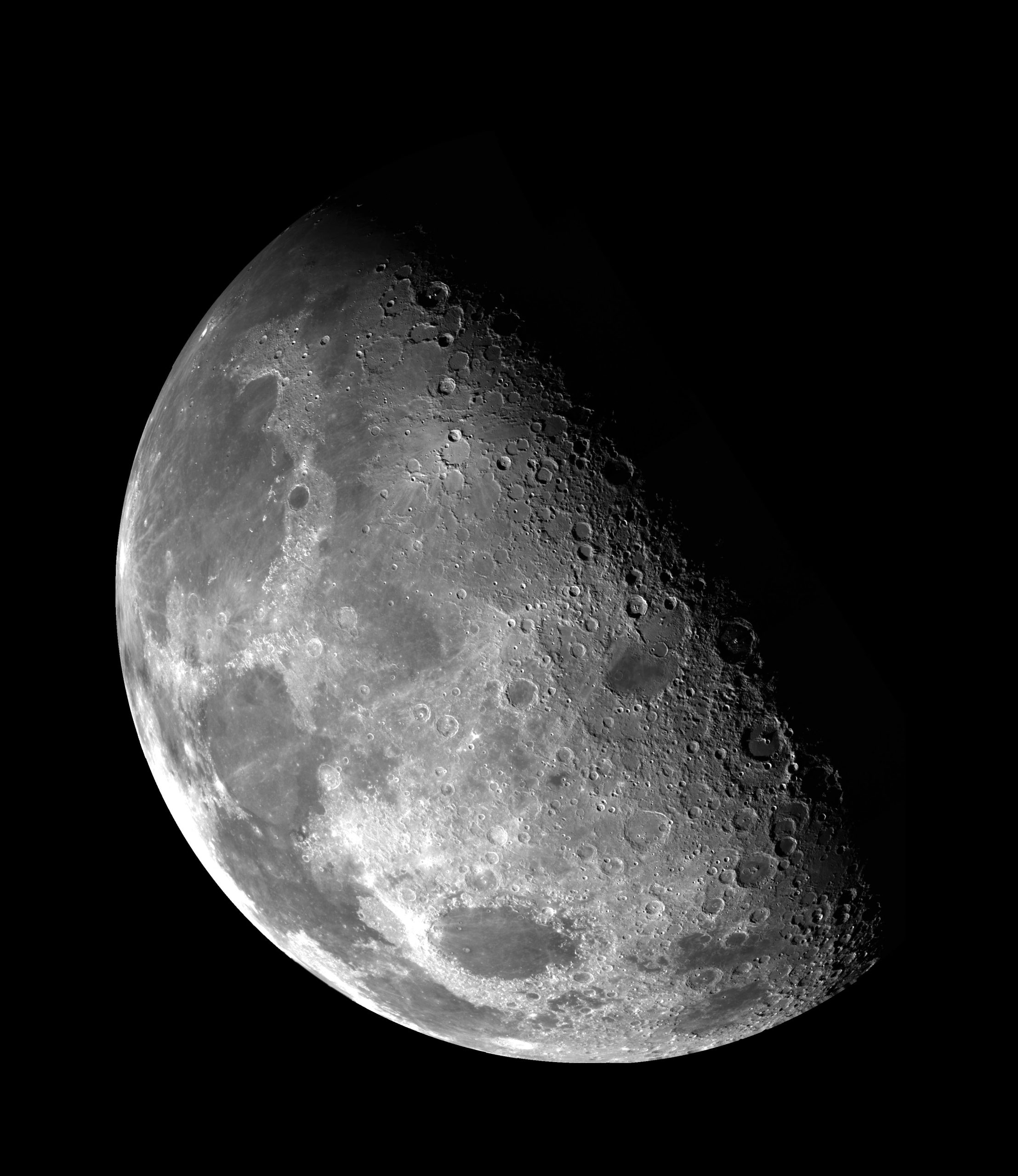The Ancient Wisdom of Shamanism: Unlocking the Secrets of the Spirit World
Shamanism, one of the oldest spiritual practices known to humanity, has captivated people’s imaginations for centuries. From the remote tribes of the Amazon rainforest to the ancient civilizations of Siberia, shamanism has traversed continents and cultures, leaving behind a rich tapestry of wisdom and knowledge. In this comprehensive guide, we will dive deep into the world of shamanism, exploring its origins, beliefs, rituals, and profound connection to the spirit realm.
Table of Contents
- Introduction
- Origins and Brief History of Shamanism
- The Shamanic Journey
- Connection to Nature: Animism and Totemism
- The Spirit World: Helping Spirits and Power Animals
- Shamanic Tools and Rituals
- Shamanic Healing: Restoring Balance and Harmony
- Modern Applications and Resurgence of Shamanism
- Conclusion
1. Introduction
Shamanism, often considered the original spiritual practice of our ancestors, revolves around the belief that shamans, or spiritual healers, have the power to communicate and interact with the spirit world. With trance-like states, ecstatic rituals, and shamanic journeys, practitioners seek guidance, healing, and wisdom from the spirits and deities that inhabit the invisible realms.
2. Origins and Brief History of Shamanism
The roots of shamanism can be traced back tens of thousands of years, making it one of the oldest spiritual traditions on Earth. Indigenous peoples across various continents, including Africa, Asia, the Americas, and Europe, have practiced shamanism in their cultural and societal frameworks. The shaman’s role as an intermediary between the physical and spiritual realms is a common thread that unites these diverse traditions.
Shamanism is deeply intertwined with tribal cultures, where shamans hold positions of prestige and authority. These spiritual leaders, selected by the spirits themselves or initiated through arduous training, act as healers, diviners, sacred storytellers, and guides for their communities.
3. The Shamanic Journey
Central to shamanic practice is the shamanic journey, a method used for entering altered states of consciousness. Through rhythmic drumming, chanting, or the use of hallucinogenic plants, shamans transcend ordinary reality to access other realms. In these trance states, they commune with spirits, seek guidance, retrieve lost parts of the soul, and learn valuable insights to help their communities.
During a shamanic journey, the shaman may encounter various entities, such as power animals, ancestral spirits, and gods/goddesses, who offer wisdom and assistance. These interactions shape the shaman’s understanding of the universe and guide their actions in the physical world.
4. Connection to Nature: Animism and Totemism
Shamanism is intricately linked with animism, the belief that spirits inhabit all elements of nature, including animals, plants, rivers, mountains, and even rocks. Shamans view the world as a living entity interconnected with spirits, where everything possesses a soul and consciousness.
Totemism, another aspect of shamanism, involves the belief that individuals or clans have a special connection to a particular animal or natural element. These totems act as spiritual guardians, guiding and protecting individuals throughout their lives.
5. The Spirit World: Helping Spirits and Power Animals
A fundamental aspect of shamanism revolves around establishing relationships with helping spirits and power animals. Helping spirits, also known as spirit allies or spirit guides, assist shamans in their healing work, providing insight, protection, and guidance. These spirits can manifest in various forms, from ancestors and animal spirits to divine beings.
Power animals, on the other hand, represent the essence and qualities of a specific animal species. Shamans often connect with a personal power animal or have multiple power animals depending on the task at hand. Power animals lend their strengths, knowledge, and unique traits to the shaman, helping them navigate the spirit world and the challenges of human existence.
6. Shamanic Tools and Rituals
Shamans employ a range of tools and rituals to facilitate their spiritual work. These tools can vary across cultures but often include drums, rattles, feathers, crystals, herbs, and sacred objects. Rituals such as smudging, chanting, and dance create a sacred space and evoke heightened states of consciousness.
Shamans may also perform ceremonies for various purposes, including healing, soul retrieval, divination, protection, and rites of passage. These rituals engage the participation of the community, reinforcing bonds and fostering harmony between the seen and unseen worlds.
7. Shamanic Healing: Restoring Balance and Harmony
Shamanic healing stands at the core of shamanic practice. Shamans believe that many physical and psychological illnesses stem from spiritual imbalances or disruptions. Through their connection with the spirit world, shamans diagnose the root causes of the illness and undertake various methods to restore balance and harmony.
Common techniques used in shamanic healing include soul retrieval, where the shaman retrieves fragmented parts of the soul that have been lost or traumatized; extraction, the removal of intrusive energies or spiritual blockages; and energetic healing, which involves rebalancing the flow of vital energy.
8. Modern Applications and Resurgence of Shamanism
While shamanism once thrived predominantly within indigenous cultures, it has experienced a revival in recent decades. Modern individuals, disillusioned with the limitations of mainstream society, have sought solace and spiritual fulfillment through shamanic practices.
Shamanic healing, journeying, and soul work have found their place in psychological therapy, addiction recovery, personal growth, and spiritual exploration. The wisdom and techniques of shamans can provide a unique perspective on healing the mind, body, and soul in our increasingly disconnected world.
9. Conclusion
Shamanism offers a profound insight into our primal connections, both to the natural world and the spiritual realms beyond. It reminds us of the significance of our relationship with nature, the power of ritual and ceremony, and the healing potential residing within us all.
As we delve into the ancient wisdom of shamanism, we traverse the timeless landscapes of human consciousness, rediscovering the interconnectedness of all things and our place in the vast tapestry of existence.
Table of Contents
